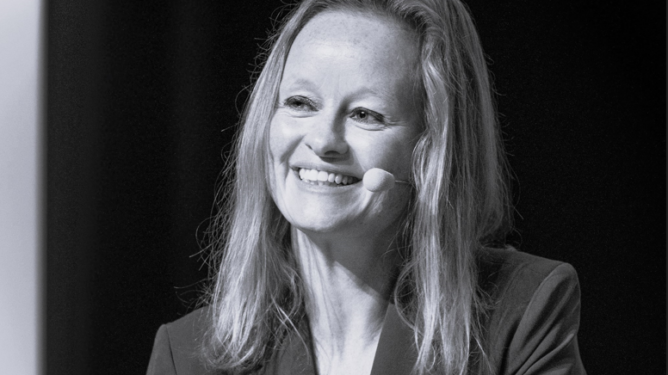Jim Walker : La marche est-elle la première des mobilités urbaines ?
Transport challenges have become increasingly urgent, encompassing concerns about pollution, noise, air quality, and the looming threat of climate change. The weight of congestion further compounds these issues, emphasizing the need for a comprehensive approach to urban mobility. Historically, our cities have been built around car-centric planning, and addressing this legacy is paramount. The trend is shifting towards designing cities for people rather than cars, necessitating a profound reevaluation of how we allocate urban space. Cities built for cars must shift to a people-centered design, reallocating space for active travel and public transport. This shift, rather than new tech, will be transformative. It explains why the concept of the 15-minute city — the city of proximity — is gaining ground.
Of course, technological innovation, including digitalisation and electrification, is also important. We must adopt a multimodal approach to electro-mobility — for example, by further exploring the tremendous potential of the e-bike — as well as prioritise the electrification of captive fleets. Our future will be multimodal, and digital tools and services, including MaaS, can help to improve integration and make the combined use of different modes more seamless and user-friendly.
To create a sustainable multimodal future, we must prioritise public transport and active travel, with shared mobility complementing mass transit. Because shared mobility is mostly private sector-driven, proper regulatory frameworks are key to making sure these modes positively contribute to a more sustainable mobility ecosystem and support public policy goals.
Equity is key, ensuring access to all. This requires investments in quality alternatives, offering a range of options that can compete with the private vehicle and leave no one behind. We have to make sure that the major transformation ahead of us carefully considers equity.
Because change often comes with resistance, balancing citizen desires with city and societal needs is challenging. Sustainable Urban Mobility Plans aid co-creation and stakeholder involvement from the start, while trials help citizens embrace change by letting them experience the benefits of such reforms.
Finally, recognizing the hidden costs of cars, and internalising their external costs to society will be instrumental in moving forward. Urban Vehicle Access Regulations (UVARS), such as congestion charges and low-emission zones, are key in addressing air pollution and CO2 emissions. This should redirect funding from city authorities towards investment in sustainable models, thus ensuring that our mobility solutions are well-adapted to the cities of tomorrow.

